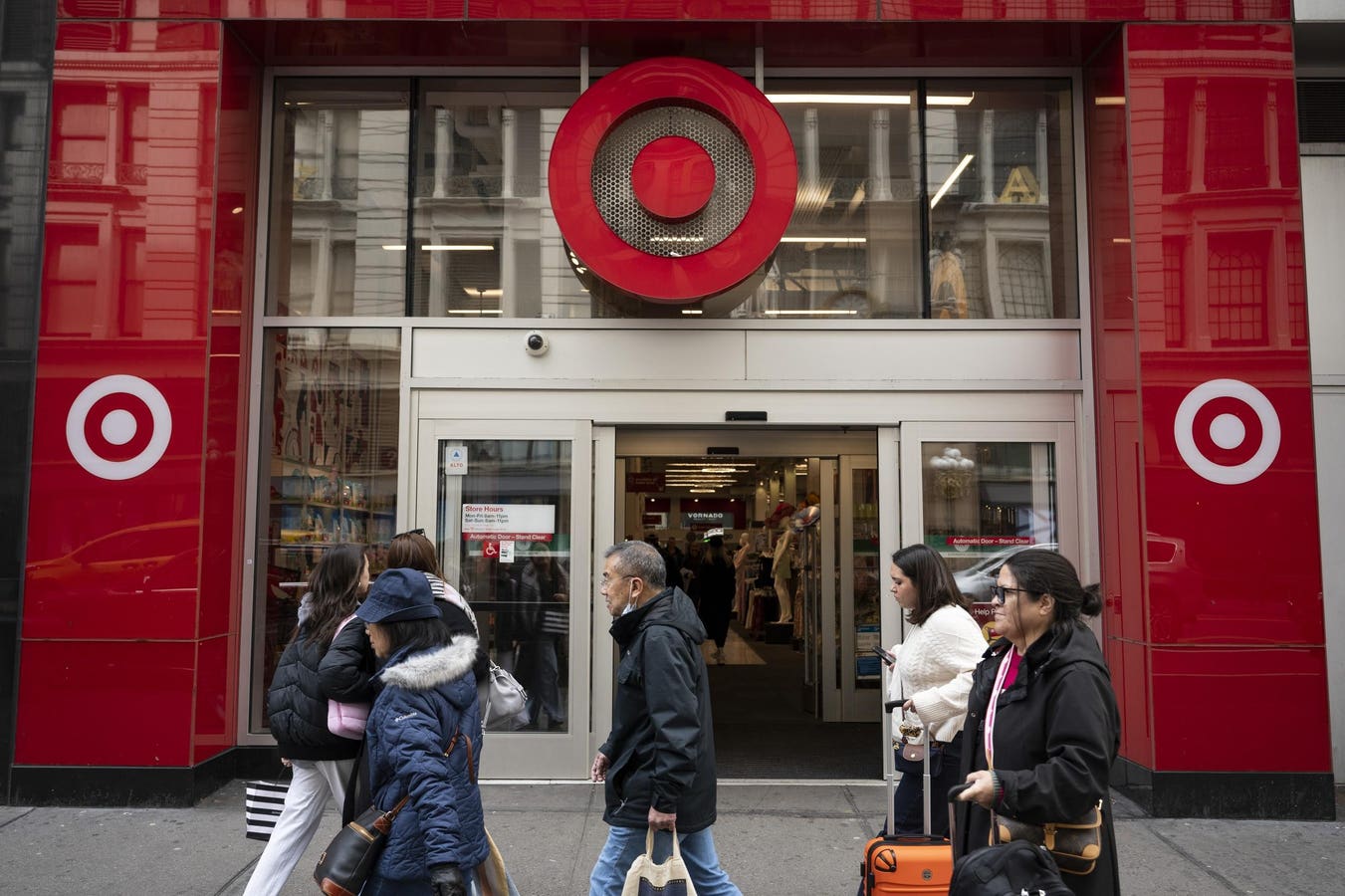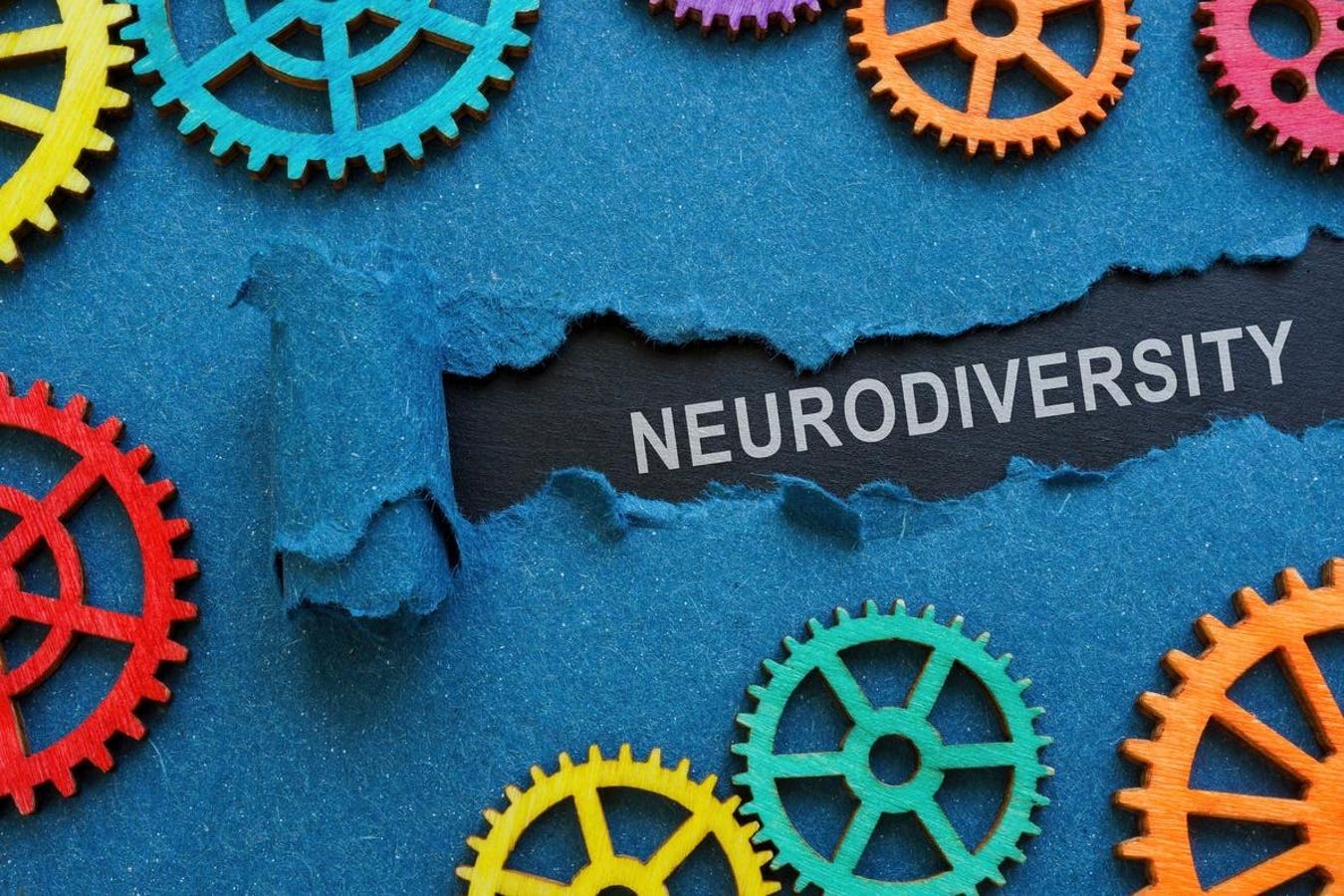Diversity and Inclusion (DEIA)
Three Challenges With Modern Day Economic Boycotts

NEW YORK, UNITED STATES – MARCH 06: People walk past Target Store in Midtown Manhattan on March 06, 2025 in New York City, United States. (Photo by Mostafa Bassim/Anadolu via Getty Images)
Boycotts: A Tool for Change or a Symbolic Gesture?
In recent months, there’s been no shortage of calls for boycotts for brands that have chosen to rollback their diversity, equity, and inclusion efforts. Amazon, Target, Wal-Mart, and Nestle are the latest companies organizers are urging consumers to stay away from for a time period.
Mixed Results
Thus far, results have been mixed. While Tesla stock is down, and website and foot traffic are down at Target in comparison to the prior year, Amazon seems to be unscathed thus far.
The Power of Consumers
Boycotts are a go-to tool consumers use to make their voices heard and to exercise their power. One study showed that three quarters of consumers have parted ways with a brand due to a conflict in values. That same study showed that 39% of shoppers said they’d permanently boycott their favorite brand as a result of a conflict in values.
The Challenges of Large-Scale Boycotts
However, it’s the larger scale boycotts, like the ones being called for now that are feeling the impact of challenges that did not exist at the same levels back in the Civil Rights Movement in the U.S. that saw mass boycotts making a big impact. Here are a few reasons why.
Consumers Aren’t United in the Same Way
As I’ve watched different leaders and consumers talk about the boycotts, one of the things that has become more clear is that there are plenty of people who’ve heard about the boycotts, but are choosing not to participate.
The Problem with Performative Boycotts
Dr. Anastasia Kārkliņa Gabriel is a culture expert and author of Cultural Intelligence for Marketers. She explains if not approached the right way, boycotts are often merely performative. "For boycotts to be effective, people must be willing to move beyond symbolic platitudes and step into disciplined, long-term organizing. Without structure and strategy, most calls for boycotts remain performative rather than transformative. The outrage just fizzles out before the potential for real economic pressure is ever fully achieved."
Everyone Doesn’t Have the Privilege Needed to Engage in Economic Boycotts
During the Civil Rights Movement, the fight for civil rights was a core need. If you plotted civil rights on Maslow’s Hierarchy of Needs, it would likely fall in the base part of the hierarchy, between physiological and safety needs.
The Hierarchy of Needs
The fight for basic rights were a priority for people, and something that was easier for people to get behind. Today’s boycotts, in response to companies’ stance on diversity and inclusion, for many feels like it is higher up on the Hierarchy of Needs, more in the realm of love and belonging and esteem. Those differences, impact consumers’ decision and ability to boycott.
Consumers Don’t Want to Beg Brands to Be Good to Them
The organizers for the boycott against retailer Target, have four demands of the brand, including reinstating its $2 billion dollar pledge to Black businesses, and to restore and expand the diversity, equity, and inclusion initiatives that were dismantled.
A New Approach to Boycotts
Many consumers are choosing instead to buy from brands who are already demonstrating that they do care about them, and their communities. Dr. Gabriel agrees with this approach. Her advice to consumers to make an impact is to, "Boycott, but don’t stop there. As consumers, we ought to support businesses that have chosen not to succumb to fear-mongering and far-right extremism and have instead deliberately stood by their commitments."
Conclusion
Boycotts can be a powerful tool for change, but it’s clear that the approach is not one-size-fits-all. As consumers, we must be mindful of the challenges that come with large-scale boycotts and consider the impact it may have on different communities. By supporting businesses that share our values and values of diversity, equity, and inclusion, we can create a more just and equitable society.
FAQs
- What is the purpose of a boycott?
A boycott is a form of protest where consumers refuse to purchase a product or service in order to bring about change. - What are the challenges of large-scale boycotts?
Large-scale boycotts can be challenging due to the lack of unity among consumers and the difficulty in mobilizing a large-scale movement. - What is the alternative to boycotting?
One alternative to boycotting is to support businesses that share our values and values of diversity, equity, and inclusion. This can be done by making conscious purchasing decisions and supporting brands that are committed to creating a more just and equitable society.
Diversity and Inclusion (DEIA)
Rephrase single title from this title Two Steps To Inclusive Workplace Voice . And it must return only title i dont want any extra information or introductory text with title e.g: ” Here is a single title:”

Write an article about
Let’s move past the need to be silent about what’s needed to sustain inclusion in the workplace.
getty
There has never been a more opportune time for leaders to leverage their voices to support the necessity for an inclusive workplace. Remember the rallying cry for support and action occurring in 2020 when George Floyd was murdered? Many of us found ourselves tongue-tied (even though we couldn’t hide from being front and center to gross wrongdoing), grappling to find the right words and strategy to move forward. However, leaders eventually found solutions to move forward. Today, we find ourselves in a similar predicament where another bold cry beckons us to halt all progress on inclusion in the workplace. These cries include Executive Orders prohibiting DEI, legal action with the threat of punitive damages for non-compliance, and ongoing pivots around the place (or lack thereof) of DEI in the workplace. This article will illuminate how leaders today can show up authentically and leverage their voices to stand up for inclusion in the workplace.
Leaders can take an active role in creating the narrative around inclusion in the workplace.
getty
Step 1: Take a Definitive Position on Inclusion To Prevent Others from Creating One
Leaders continue to incur much scrutiny to indicate cues in support of inclusion. When there are none, followers end up, in some cases, creating a narrative that could impact a leader’s brand negatively. To get started on determining and sharing one’s stance, do the following:
- Carve out time to examine personal values and how those values align with the organizations and stakeholders served. Ask questions of oneself about the alignment of actions and words matching up. In other words, am I walking the talk as an inclusive leader? If I’m not, then I need to course correct.
- Explore the pros and cons of advocating for or against prioritizing inclusion in the workplace. Review the list and connect with others to infuse additional perspectives into consideration before deciding.
- Consider the why behind the decision. Then, leaders should ask themselves if they can get behind their why.
- Finally, be prepared to share this stance, even if the decision is unpopular.
- Give some self-compassion for the inclusive leadership journey, which continuously ebbs and flows with the requirements needed around inclusion. It is not always easy to be all-inclusive.
Conversations help us come together for inclusion.
getty
Step 2: Embrace Conversations Around Inclusion Stance
It is important to hear from leaders who support inclusion in the workplace to help preserve inclusion in the workplace. But getting the conversation right can be a challenge. To prepare for these conversations, refresh knowledge on inclusive leadership behaviors. Consider the following discussion and notice how the leader leverages vulnerability, transparency, authenticity, curiosity, and more to navigate what could be a challenging conversation.
Stakeholder: What are your plans to deal with all the Executive Orders that are happening? Many companies are pivoting away from DEI.
Inclusive Leader: At the moment, I am not ready to take action. I know time is of the essence, and I am gathering facts to inform my perspective. (Vulnerability/Transparency)
Stakeholder: Surely, you have a position on how this could negatively impact our organization.
Inclusive Leader: Yes, I am for inclusion in the workplace. I care about the organization and the employees that make up this organization. What are the concerns you have that would negatively impact the organization? (Authenticity/Curiosity)
Inclusive leaders can take this time to build up communication skills. Leverage a coach to role model conversations and secure insightful feedback for improvements. Then, embrace these conversations even if they mean dancing with discomfort. It is rare to hear that the inclusive leadership journey is based on comfort.
The two steps discussed in this article are a start to help leaders move past silence around the state of inclusion in the workplace. The more conversations and knowledge gathered, the more ready leaders are to navigate these times inclusively.
.Organize the content with appropriate headings and subheadings (h1, h2, h3, h4, h5, h6). Include conclusion section and FAQs section at the end. do not include the title. it must return only article i dont want any extra information or introductory text with article e.g: ” Here is rewritten article:” or “Here is the rewritten content:”
Diversity and Inclusion (DEIA)
Is Neurodiversity Under Attack? Yes. Here’s Why

Widespread Resistance To DEI
There can’t be diversity without neurodiversity. Diversity of thought can make or break a team at work. We need diversity of thought in order to thrive as professionals and as a society. Companies like Target, Amazon, and Google are rolling back DEI programs, which means the importance of neurodiversity is no longer being spoken about at many prominent companies.
Workplace Discrimination
Revealing that you are neurodivergent can be a risk when it comes to the workplace. Some colleagues may respond with discrimination or bullying. The fear of dealing with workplace discrimination keeps many neurodivergent people from revealing their diagnoses, also known as masking. Remember that neurodiversity was a hot topic just a few years ago, but with recent changes in the country’s leadership, who knows what will happen to discussions surrounding neurodiversity in the workplace.
Stigma Results In Masking
I believe that stigma plays a major role in why neurodiversity is under attack. So many disorders are made light of and misunderstood. I urge readers to consider whether they expect colleagues to mask their neurodivergence. Do you allow space for conversations about neurodiversity at work? Do you encourage diversity of thought or simply remain quiet when it comes time to defend DEI? These are questions working professionals should be asking themselves, especially those who work at companies that have scaled back on or ended DEI initiatives.
Conclusion
Neurodivergent people deserve to be seen and heard in the workplace. But with recent pushback against DEI, it feels as though neurodiversity has been put to the wayside. I urge readers to continue advocating for neurodiversity and to refuse to be silenced. Keep speaking out, keep posting, and keep joining communities of neurodivergent people. Neurodiversity is not going away, and it’s time for it to be celebrated everywhere.
FAQs
Q: What can I do to support neurodivergent individuals in the workplace?
A: Encourage open conversations about neurodiversity, provide a safe and inclusive environment, and advocate for DEI initiatives.
Q: Why is neurodiversity important in the workplace?
A: Neurodiversity brings diversity of thought, which is essential for innovation and success. It also helps to create a more inclusive and accepting work environment.
Q: How can I, as an individual, make a difference in promoting neurodiversity?
A: By speaking out, sharing your own experiences, and advocating for DEI initiatives, you can make a significant impact.
Diversity and Inclusion (DEIA)
Finding Stability Amidst Economic Uncertainty and DEI Challenges

The recent spate of boycotts against major U.S. retailers is giving brands cause for concern
Ever since President Donald Trump announced plans to gut federal diversity, equity and inclusion programs within a mere couple of days of taking office, corporate America has been plunged into a state of chaos and uncertainty.
The Subsequent Phase
The subsequent phase has seen a level of grassroots organization led by consumer activist group the People’s Union which called for a spending freeze on major retailers on February 28. Though the organization’s grievances stretch beyond a pure protest against the burgeoning DEI backlash and include serious concerns about the nation’s engulfment by rampant consumerism underpinned by what it views as cynical and aggressive corporate marketing campaigns, there is no doubt that the movement has been turbocharged by the DEI backlash. The same is true of an affiliate 40-day protest directed against Target that was organized by black faith leaders and activists who accuse the company of making a shameless volte-face on DEI, having been one of the first to vociferously uphold its principles in the wake of the slaying of George Floyd almost 5 years ago. This past month has seen individual week-long boycotts of Amazon and Nestle, with a further boycott of Walmart planned for April 7 through to April 13.
A Confusing Picture
Yet, the quandaries facing major U.S. brands today go beyond just being able to accurately read consumer attitudes. There is a somewhat murky legal dimension too.
Beyond Borders
Amidst the clamor of what is ultimately a highly U.S.-centric debate, there is another key dimension at play too. Many large corporations, whether they are resiling from or redoubling on DEI, tend to be multinational corporations. Simply transposing the Trumpian view of DEI across multiple jurisdictions may not wash in practice.
Conclusion
With that in mind, it might just be that, rather than peering too far ahead and second guessing a medium to long term future that seems volatile and full of uncertainty, perhaps the best thing responsible brands can do is to work out precisely what calm and reflective strategizing looks like in the here and now.
FAQs
Q: What is the People’s Union?
A: The People’s Union is a consumer activist group that has been leading the charge against major U.S. retailers.
Q: What is the purpose of the boycotts?
A: The boycotts are intended to protest against the growing trend of DEI backtracking by major U.S. retailers.
Q: What is the legal situation surrounding DEI?
A: The legal situation surrounding DEI is complex and evolving, with various states and the Department of Justice taking different stances on the issue.
-

 Career Advice4 months ago
Career Advice4 months agoInterview with Dr. Kristy K. Taylor, WORxK Global News Magazine Founder
-

 Diversity and Inclusion (DEIA)4 months ago
Diversity and Inclusion (DEIA)4 months agoSarah Herrlinger Talks AirPods Pro Hearing Aid
-

 Career Advice4 months ago
Career Advice4 months agoNetWork Your Way to Success: Top Tips for Maximizing Your Professional Network
-

 Changemaker Interviews3 months ago
Changemaker Interviews3 months agoUnlocking Human Potential: Kim Groshek’s Journey to Transforming Leadership and Stress Resilience
-

 Diversity and Inclusion (DEIA)4 months ago
Diversity and Inclusion (DEIA)4 months agoThe Power of Belonging: Why Feeling Accepted Matters in the Workplace
-

 Global Trends and Politics4 months ago
Global Trends and Politics4 months agoHealth-care stocks fall after Warren PBM bill, Brian Thompson shooting
-

 Global Trends and Politics4 months ago
Global Trends and Politics4 months agoUnionization Goes Mainstream: How the Changing Workforce is Driving Demand for Collective Bargaining
-

 Training and Development4 months ago
Training and Development4 months agoLevel Up: How Upskilling Can Help You Stay Ahead of the Curve in a Rapidly Changing Industry





















